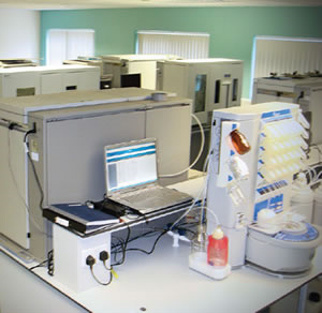Technical Design Analysis

At Atlantic Petides we employ a range of methods to evaluate difficult peptides before synthesis. In doing so, we can successfully deliver peptide projects faster.
- Hydrophobicity plots – used to determine difficult stretches of amino acids in peptides.
- Peptide stability / solubility – insolubility arises when the combined inter-/ intra-peptide ionic and hydrophobic interactions offset favorable peptide-solvent interactions.
- Aggregation potential – a statistical analysis method which is used to determine which amino acid residues are likely to aggregate during peptide synthesis, leading to the formation of truncated peptide fragments.
- Secondary structure formation – it is important to identify secondary structures formed during peptide synthesis. Using results of analysis we can employ synthetic protocols to disrupt their formation.
- Molecular modeling – a computation technique that allows us to look at the theoretical 3-dimensional structures of peptides. With this technique we can predict problematic amino acid stretches contained within peptides, thus allowing us to design the peptide strategy more effectively.